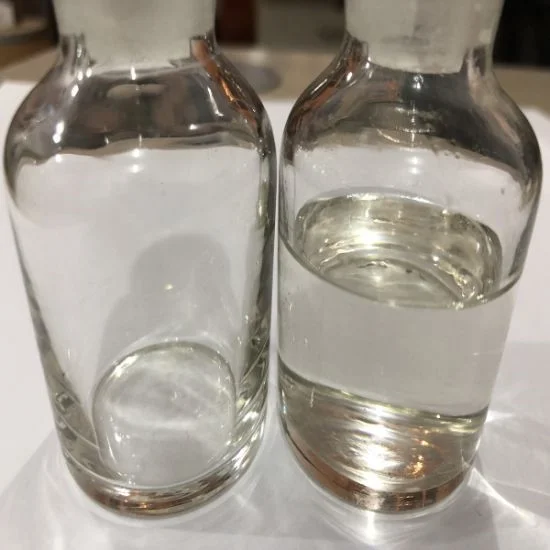Synthesis method and process of tetrahydropyrone from ClentChemical's blog
Pyran is an oxygen-containing six-membered heterocyclic system in which an oxygen atom replaces one carbon atom in a six-membered ring, and is a very important class of heterocyclic compounds. Pyran compounds have a wide range of biological activities, and the synthesis of such compounds is of great significance. It is an important structural core of many natural products such as carbohydrates, polyether antibiotics, marine toxins, and pheromones, and plays a very important role in its biological activity.
Tetrahydropyrans are also important synthetic intermediates for the construction of other heterocyclic compounds. According to existing reports, these heterocyclic compounds have good anti-cancer, anti-allergic, anti-aging, anti-cancer and anti-cytotoxic activities, etc. Effect. Therefore, the synthetic methods of tetrahydropyrans have received extensive attention from researchers and have become a research hotspot in organic synthesis.

(1) Under normal temperature and pressure conditions, in the presence of Raney nickel, pyran-4-one is reacted with hydrogen in ethanol to prepare tetrahydropyrone. This method has a low yield and is difficult for large-scale production and use;
(2) In a high-pressure environment, the pyran-4-one reacts with hydrogen in a methanol environment to produce tetrahydropyrone through the catalysis of palladium/scandium carbonate. Although the yield of this method has increased, it is still difficult to adapt. Industrial production. Therefore, the development of a tetrahydropyrone with higher yield and simple operation has important practical significance.
The preparation process of tetrahydropyrone includes the following steps:Add the raw materials 3-chloropropionyl chloride and aluminum trichloride into the reaction kettle, pass ethylene gas under stirring, and control the temperature in the reaction kettle below 10°C; put water and hydrochloric acid in the reaction kettle, and cool to 0°C. The reaction liquid produced in the previous step is sucked into water, stirred, and layered to obtain 1.5-dichloropentanone; put water, phosphoric acid, sodium dihydrogen phosphate, and 1.5-dichloropentanone into the reaction kettle, and heat to reflux. After extraction, the crude product is obtained after the reaction, and the qualified product is obtained by vacuum distillation. The invention can realize the industrialized production of the product, and the purity of the product is relatively high.
As a supplier of tetrahydropyrone, Clent Chemical can provide products with guaranteed quality and reasonable prices. If you want to know more about tetrahydropyrone, please continue to pay attention to our website. We will update relevant articles and products from time to time, and provide relevant product information and materials.

The Wall